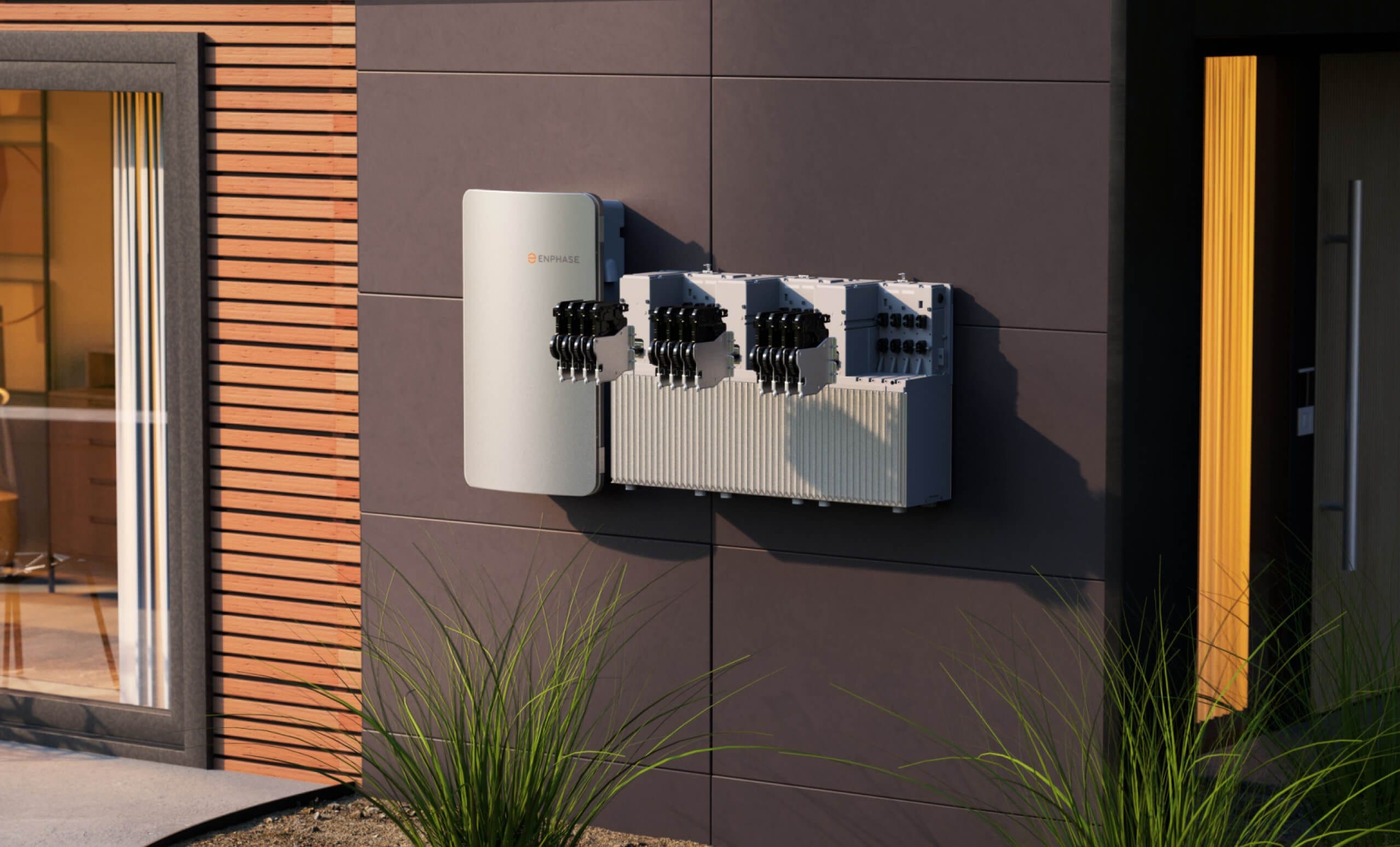It is essential to understand that green and safe energy storage system represents a critical step toward an environmentally sustainable future. That is why these systems embody a comprehensive approach to cleaner and safer energy practices. As technology continues to advance and awareness grows, embracing green and safe energy storage solutions not only contributes to a healthier planet but also ensures a resilient and sustainable energy landscape for future generations.
Mitigating Risks in Energy Storage
Thermal management systems prevent overheating, reducing the risk of battery degradation or fire. Additionally, built-in monitoring and control systems continuously assess the health of the batteries, ensuring early detection of any irregularities and enabling prompt corrective action.
Integration with Smart Grids and Energy Management Systems
Green energy storage systems are increasingly being integrated into smart grids and energy management systems. This integration allows for enhanced control and optimization of energy use. Smart grids enable real-time communication between the energy storage system, renewable energy sources, and the electricity grid. This connectivity facilitates dynamic adjustments to energy flow, optimizing efficiency and ensuring seamless integration into the broader energy infrastructure.
Advancements in Energy Storage Technologies
Ongoing research and development efforts continue to push the boundaries of energy storage technologies. From next-generation battery chemistries to novel approaches like gravitational energy storage and advanced flywheel systems, the field is dynamic and evolving. These advancements aim to address current limitations, further improve efficiency, and explore new avenues for storing and utilizing green energy.
Safety Considerations in Green Energy Storage Systems
Thermal Management Systems
Advanced thermal management systems are integral to ensuring the safety of green energy storage systems. These systems regulate temperature during charging and discharging, preventing overheating and minimizing the risk of thermal runaway.
Battery Management Systems
BMS plays a crucial role in monitoring and managing the health of batteries in green energy storage systems. It oversees functions such as state of charge, state of health, and cell balancing, contributing to safe and efficient battery operation.
Fire Suppression Systems
To mitigate the risk of fire, green energy storage systems often incorporate fire suppression mechanisms. These systems can detect and suppress fires in their early stages, providing an additional layer of safety.
Enclosure Design
The physical design and enclosure of green energy storage systems prioritize safety. Robust materials and construction techniques are employed to protect internal components from external factors and to contain any potential hazards.
Cost-Effectiveness and Return on Investment
While green and safe energy storage systems contribute to a cleaner environment, they also make economic sense. The initial investment in these systems is increasingly becoming more cost-effective, especially with the availability of incentives and decreasing manufacturing costs. Considering the long-term benefits, including reduced energy bills, avoided grid electricity costs, and potential revenue from grid services, users can achieve a positive return on investment over the lifespan of the system.
Conclusion
Green and safe energy storage systems represent a cornerstone in the transition toward a sustainable and resilient energy future. From ensuring environmental sustainability, enhancing safety features, and contributing to grid stability, these systems play a multifaceted role in shaping the energy landscape. As advancements continue and adoption grows, green energy storage systems will likely become increasingly integral to the global effort to reduce reliance on traditional energy sources and embrace a cleaner, safer, and more sustainable energy paradigm.


